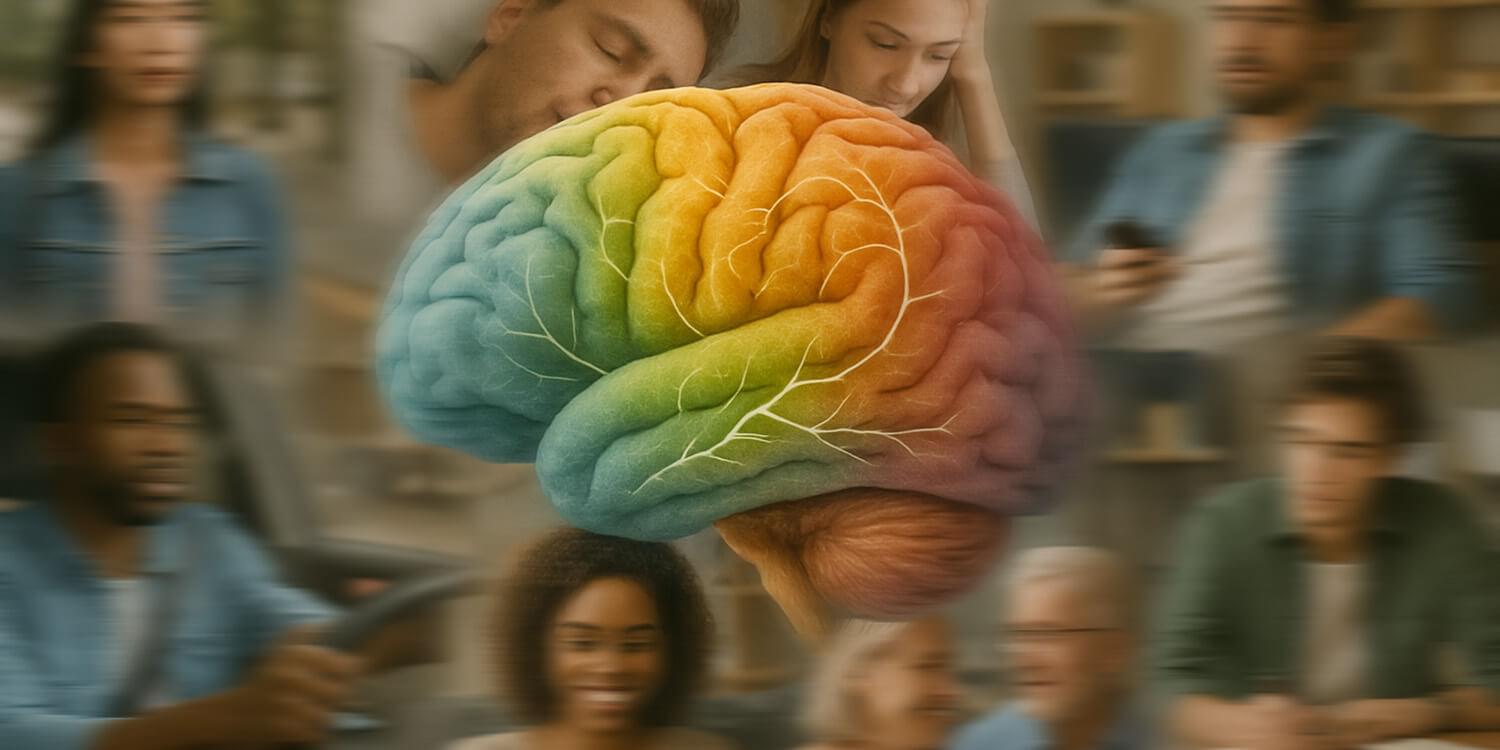Physicists have used a machine-learning method to identify surprising new twists on the non-reciprocal forces governing a many-body system.



Critical flaw in Cursor AI editor let attackers execute remote code via Slack and GitHub—fixed in v1.3 update.



This week’s Fish Fry is all about AI inference, NPUs and the Tensilica NeuroEdge 130 AI Co-Processor! My guest is Amol Borkar from Cadence Design Systems and we are chatting about the latest trends in AI inferencing, why there is a greater need now for AI co-processors than ever before and the multitude of benefits that the Tensilica NeuroEdge 130 AI Co-Processor can bring to your next design.

Robots excel at many things, but having a good sense of touch is not among them. Whether dropping items or pinching them too tightly, which crushes the object, many robots struggle with these basic skills that humans have mastered.
Over the years, scientists have equipped robots with cameras and other tools that enable the machines to better sense objects. But a simple and cost-effective solution remains elusive.
A new electronic textile (E-textile), under development at the University at Buffalo, aims to address this problem. The technology, described in a study published July 30 in Nature Communications, mimics how nerves in our hands sense pressure and slipping while grasping objects.
Since ChatGPT’s late 2022 launch, everyday people have formed emotional connections to chatbots, describing them as deep friendships and even life partnerships.


Light can behave in very unexpected ways when you squeeze it into small spaces. In a paper in the journal Science, Mark Brongersma, a professor of materials science and engineering at Stanford University, and doctoral candidate Skyler Selvin describe the novel way they have used sound to manipulate light that has been confined to gaps only a few nanometers across—allowing the researchers exquisite control over the color and intensity of light mechanically.
The findings could have broad implications in fields ranging from computer and virtual reality displays to 3D holographic imagery, optical communications, and even new ultrafast, light-based neural networks.
The new device is not the first to manipulate light with sound, but it is smaller and potentially more practical and powerful than conventional methods. From an engineering standpoint, acoustic waves are attractive because they can vibrate very fast, billions of times per second.